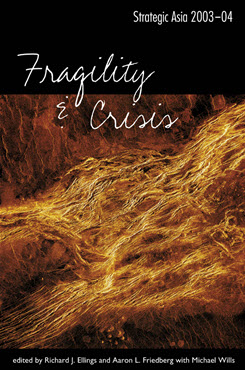Proliferation
The Growing Challenge of Proliferation in Asia
This chapter examines the principal drivers and channels for proliferation in Asia, assesses the prospects for continued proliferation in the region, gauges the efficacy of nonproliferation mechanisms in stemming regional proliferation, and discusses how the proliferation challenge will affect strategic security in Asia.
The problem of nuclear proliferation in Asia is particularly challenging and is likely to become more so in the years ahead. On the demand side, some Asian states are turning to nuclear weapons in hopes of an ultimate security guarantee in the face of much stronger adversaries. On the supply side, a range of Asian state-to-state proliferation channels have emerged over the past decade. There are also concerns that certain Asian states would purposely or inadvertently assist terrorist organizations in acquiring such weapons. This chapter examines the principal drivers and channels for proliferation in Asia, assesses the prospects for continued proliferation in the region, gauges the efficacy of nonproliferation mechanisms in stemming regional proliferation, and discusses how the proliferation challenge will affect strategic security in Asia. To be effective, nonproliferation efforts will require significant and well-orchestrated multinational commitments of political, diplomatic, military, and economic resources—and still may not work.
Strategic Asia
The Strategic Asia annual edited volume incorporates assessments of economic, political, and military trends and focuses on the strategies that drive policy in the region. Learn more about Strategic Asia.


